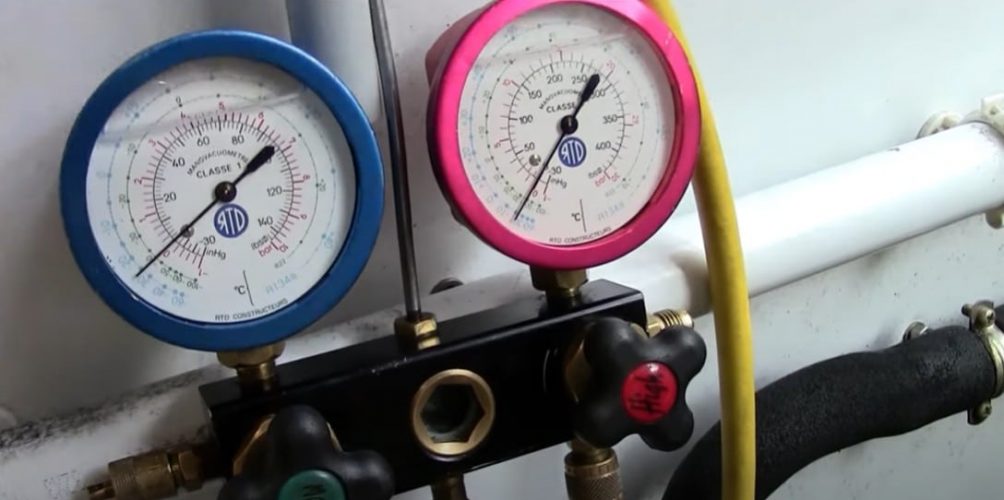Nitrogen welding offers multiple advantages. This method is now applied to work on electronic components that require high precision.
What are the applications of nitrogen welding
Nitrogen soldering is mainly used in the assembly of electronic components and for all operations on printed circuits. The work to be carried out requires more and more precision, as the components are becoming increasingly miniaturized. Nitrogen counteracts the negative effects of oxygen and thus makes up for the undesirable effects of welding. Gas offers the possibility to obtain a better wettability, which results in a significantly lower recovery rate. Wetting is the phenomenon that occurs when the bond between the solder and the workpiece is without apparent defects and the flow of the solder appears uniform.
Soldering under nitrogen – in an inert atmosphere – solves many of the problems encountered with traditional lead-free solder. You avoid insufficient wetting, oxidation, and imperfections in the solder joints caused by high temperatures and excessive use of flux. The use of nitrogen for inert gas soldering is effective for both wave and reflow soldering operations.
The challenge of soldering electronic boards
Oxidation reactions, low wettability, and the high temperature reached when soldering electronic boards, seriously complicate the work of solderers. The use of nitrogen for the purpose of inerting the atmosphere of the wave soldering machine has become a widespread worldwide practice among electronic component assemblers. The method allows to reduce the nuisance.
What are the advantages of nitrogen welding?
Improvement of brazing quality
When the electronic board is located above the solder pot, the inert atmosphere improves the wettability. Approximately 40% fewer defects are found in brazed joints than in other types of joints.
Reducing the formation of metal residues
Nitrogen acts as a protector of the solder pot constituents from the air. By inerting the solder pot bath with nitrogen during the operating phase, the reduction in the formation of metal residues can be as much as 90 %.
Reduction of the consumption of flows
Thanks to the protective action of nitrogen on the board to be soldered against oxidation and to the improvement of the wettability of the alloy on the board, nitrogen inerting allows for a reduction in flux consumption by up to 40%.
Saving time
The working time is considerably reduced, thanks to the precision of the work and the drastic reduction of metal residues with the inerting of the soldering pots.
Nitrogen brazing
Brazing is used to join metal parts, using an alloy rod as a filler metal. The condition is that the melting temperature of the rod is lower than that of the parts to be joined. Nitrogen brazing is the preferred method for electrical work and for printed circuit boards in electronics. Traditional brazing is still the standard method for plumbing and air conditioning.
Nitrogen brazing uses the same technique as conventional brazing. The introduction of an inert gas such as nitrogen into the tube prevents the formation of scale. When nitrogen is introduced, the other side of the tube can remain open. To expel oxygen from the welding hose – and thus prevent the formation of scale – all that is needed is a stream of nitrogen.
Nitrogen soldering has all the advantages for precision work on printed circuit boards and electronics in general.n général.
[custom-related-posts title=”Articles relatifs à la soudure” none_text=”None found” order_by=”title” order=”ASC”]
